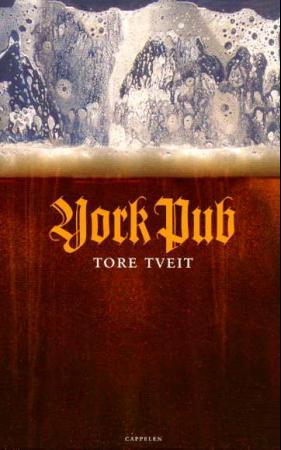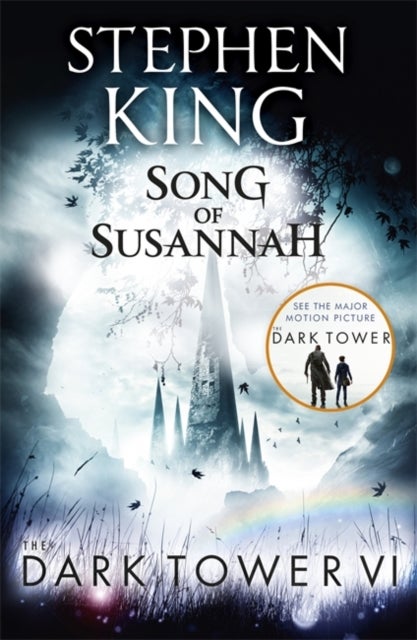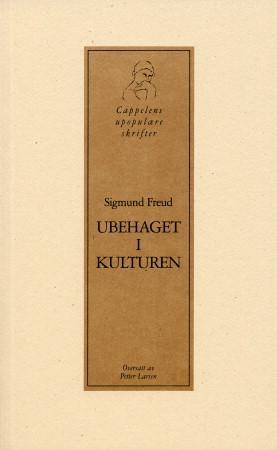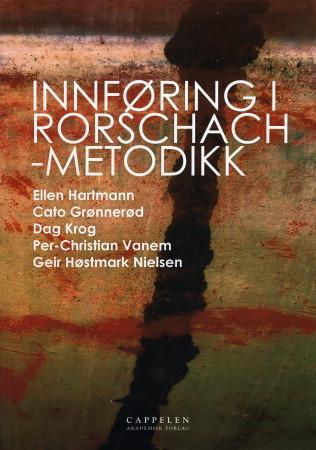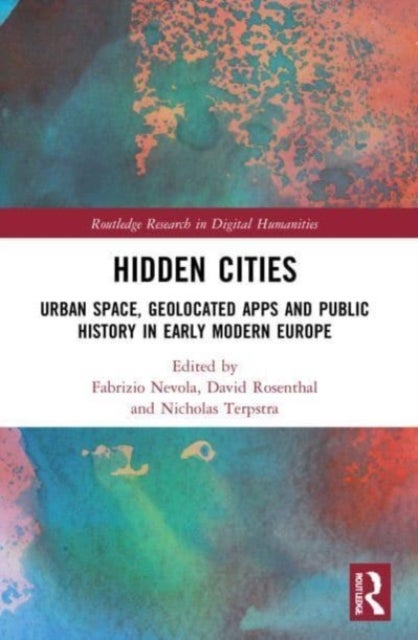
Hidden Cities
529,-
<P>This groundbreaking collection explores the convergence of the spatial and digital turns through a suite of smartphone apps <EM>(Hidden Cities)</EM> that present research-led itineraries in early modern cities as public history. </P><P></P><P>The <EM>Hidden Cities</EM> apps have expanded from an initial case example of Renaissance Florence to a further five historic European cities. This collection considers how the medium structures new methodologies for site-based historical research, while also providing a platform for public history experiences that go beyond typical heritage priorities. It also presents guidelines for user experience design that reconciles the interests of researchers and end users. A central section of the volume presents the underpinning original scholarship that shapes the locative app trails, illustrating how historical research can be translated into public-facing work. The final section examines how history, delivered in the format of geolocated apps, off


